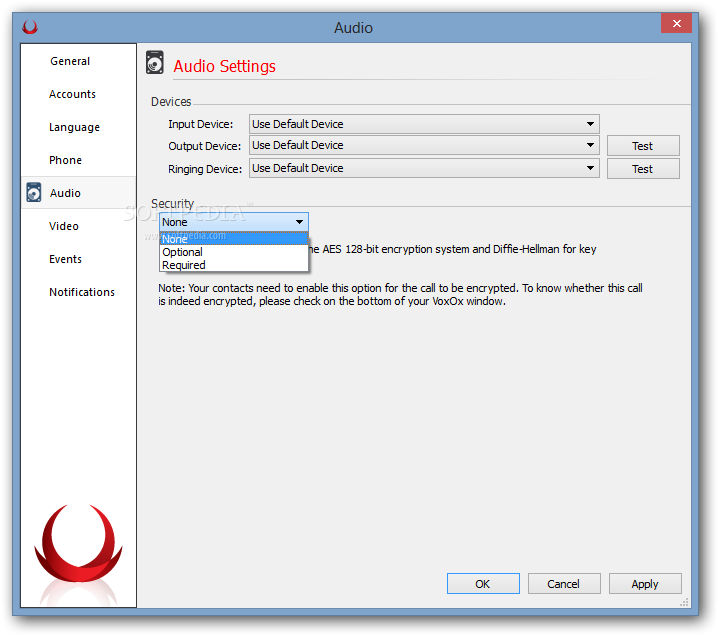

#VOXOX FOR WINDOWS PHONE SOFTWARE#
That software also requires registering/licensing, which is odd in 2022, considering the app has no subscription.ĭespite all the advanced features in Lumina, there is no HDR (high-dynamic range) support. Sure, it works, does everything you need it to, and is very stable, but it'd be nice to have a native app that uses Windows UI elements. The Windows software is obviously cloned from macOS and looks weirdly out of place on Windows 11. This ability should be back "in a few weeks," but it's not here as of now. Quite brilliant! However, as of now, that feature is disabled as Lumina "fine-tunes" the algorithm.
#VOXOX FOR WINDOWS PHONE CODE#
The idea is you hold the card up to the camera, and the AI reads the QR code and uses that palette to auto-tune your colors and white balance.
#VOXOX FOR WINDOWS PHONE FULL#
It has a little QR code and a full palette of colors. You can use the Lumina camera without software, although you won't have access to the Plus AI settings or all the sliders to customize the image. Then you can use presets and control everything yourself. If you don't want to use those Plus features, choose Raw in your video app. While not as good as NVIDIA Broadcast (which uses an RTX GPU to render), Lumina's blurring is very effective and beats any app's solution. There is also background blur, including a slider to control how much blur is used. Plus gives you advanced functionality like the ability to auto-zoom ("Cameraman") based on facial recognition to keep you in the frame. Based on preference, you can choose Plus or Raw in most video messaging apps (Teams, Zoom, and Google Meet). One of the secrets to Lumina is the AI, which is found under "Plus" settings (versus "Raw"). Going into advanced settings, there are sliders for exposure, gain, composite exposure, backlight compensation, hue, zoom, tilt, roll, and much more. That software is full of features ranging from basic to advanced, including exposure, white balance, tuning auto-white balance (red and blue), and saturation. Source: Windows Central (Image credit: Source: Windows Central)


 0 kommentar(er)
0 kommentar(er)
